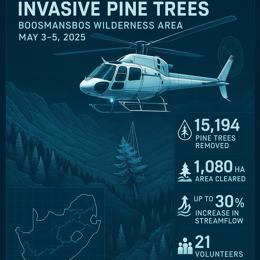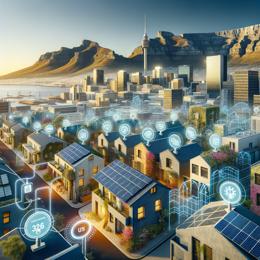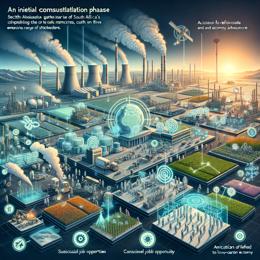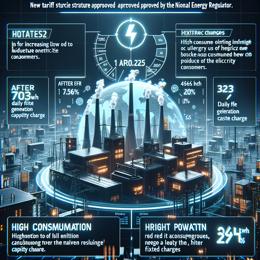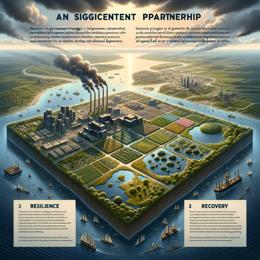Image created by AI
Mexico City's Water Crisis: A Megacity on the Brink of "Day Zero
In the vast expanse of Mexico City, a water crisis has emerged with a severity that threatens to bring one of the world's largest metropolises to a standstill. Alejandro Gomez, a resident of the Tlalpan district, has become emblematic of the struggle faced by nearly 22 million inhabitants as he grapples with the sporadic availability of water, a lifeline in the scorching heat.
The crisis, driven by a perverse cocktail of geographic, developmental, and infrastructural flaws, has only been exacerbated by the changing climate. Unusual weather patterns, attributed largely to climate change, have induced prolonged dry spells, extreme temperatures, and inadequate rainfall, stressing an already overburdened water system.
Mexico City's water woes are not recent; the foundations were laid centuries ago during the Spanish conquest, which saw the destruction of an intricate Aztec water management system and the unsustainable urban development on a drained lakebed. Today, the consequences are dire. The city sources a significant portion of its water from an underground aquifer, yet such extensive extraction has led to subsidence—Mexico City sinks approximately 20 inches each year. The remaining water requirement is met by the Cutzamala water system, which now operates at a mere 39% capacity due to drought.
Efforts by Conagua, the national water commission, to regulate and conserve water from the Cutzamala system have culminated in drastic reductions in water supply, leaving residents in a precarious state. As nearly 90% of the city endures severe drought, the ephemeral prelude to the rainy season offers little solace.
Experts remain divided on whether Mexico City will experience "day zero," an apocalyptic scenario where the water flow ceases completely. The risk looms large; without significant rain, the prospect becomes increasingly plausible. Despite politicians' attempts to alleviate concerns, proof of water insufficiency is evident in the lived experiences of the people like Gomez, who find themselves on the front lines of a burgeoning catastrophe.
The intricate dance between natural climate variability and human-induced global warming intensifies the inherent vulnerabilities. The extended La Niña phenomenon, followed by an unsatisfactory rainy phase exacerbated by El Niño, has left reservoirs desperately low. This is accompanied by a projected warmer dry season stretching till late spring, alerting the populous to the harsh truth of a drier future.
Mitigation efforts suggested by specialists include measures such as improved wastewater management, widespread rainwater harvesting, systematic leak repair, and the implementation of nature-based solutions. While Conagua outlines a 3-year plan to improve water infrastructure and mitigate shortages, some residents of Mexico City have already been living the “day zero” reality for years, especially those in economically disadvantaged areas.
The water scarcity in Mexico City is reflective of a broader trend of inequality, where the poorer districts like Tlalpan feel the brunt of the scarcity, while wealthier parts often remain relatively unscathed. For residents like Amanda Martínez, the interruptions in water supply have intensified, forcing her family to purchase water at high costs. The city, inching closer to a critical tipping point, must wrestle with imminent challenges and the spectre of an unprepared populace facing a dire situation.

